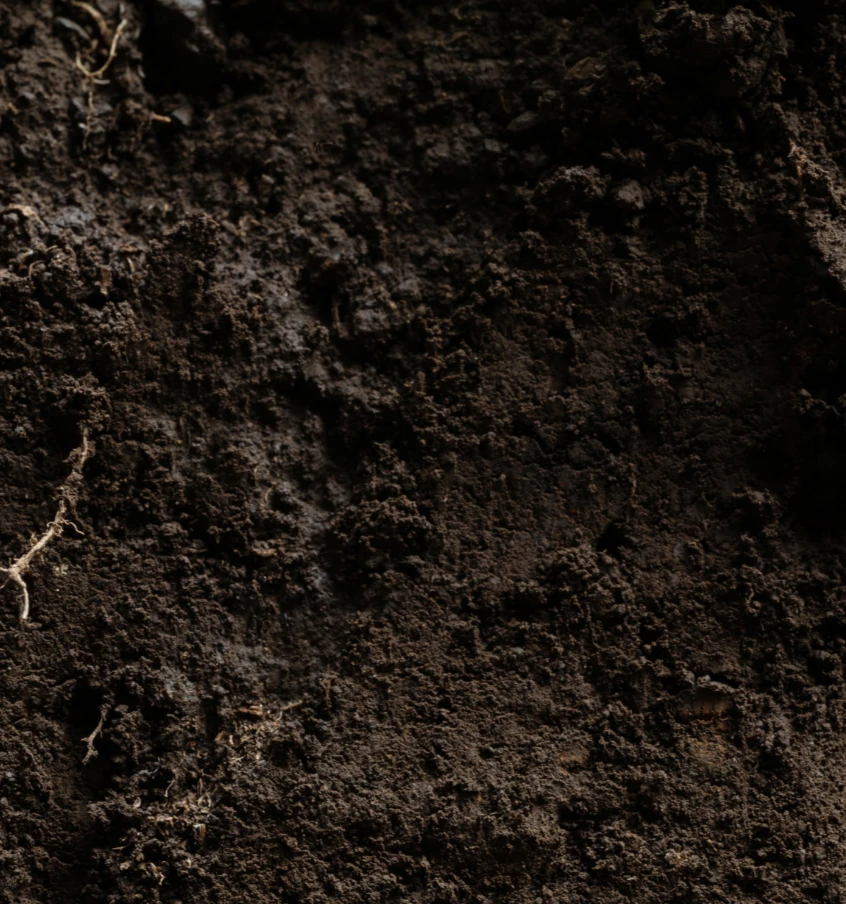(613) 432-5764

Marine Clay: A Versatile Material & Builder’s Best Friend
Marine clay has several valuable applications in both large commercial construction projects and smaller hobbyist projects due to its unique properties, such as high plasticity, water retention, and cohesive strength.
Here are some of the main applications:
Foundation Engineering
Marine clay, often stabilized with additives, can be used in the construction of foundations for buildings, bridges, and roads. Due to its high plasticity, it’s usually modified with lime, cement, or other stabilizers to improve load-bearing capacity and prevent shrink-swell issues. For hobbyists, marine clay can be used in soil modeling and landscape design, simulating natural clay behavior in different moisture conditions.
Waste Containment and Landfills
Low Permeability: The low permeability of marine clay makes it suitable for use in landfill liners and waste containment systems. Its ability to reduce leachate seepage helps protect groundwater, making it an effective barrier material.
Construction of Roads and Embankments (with Stabilization)
Stabilization Required: Marine clay is naturally weak and compressible, which limits its direct use in construction. However, when stabilized—typically by mixing with lime, cement, or other agents—its bearing capacity and stability increase, allowing it to be used as a base material in road and embankment construction.
Pond Liners and Water Retention Structures
Water Retention: Marine clay’s low permeability makes it an ideal material for water retention applications, such as pond liners and similar structures. When compacted correctly, marine clay forms a dense barrier that effectively holds water, significantly reducing leakage. This property is particularly valuable in agricultural, aquaculture, commercial, and residential settings where water conservation and control are essential.